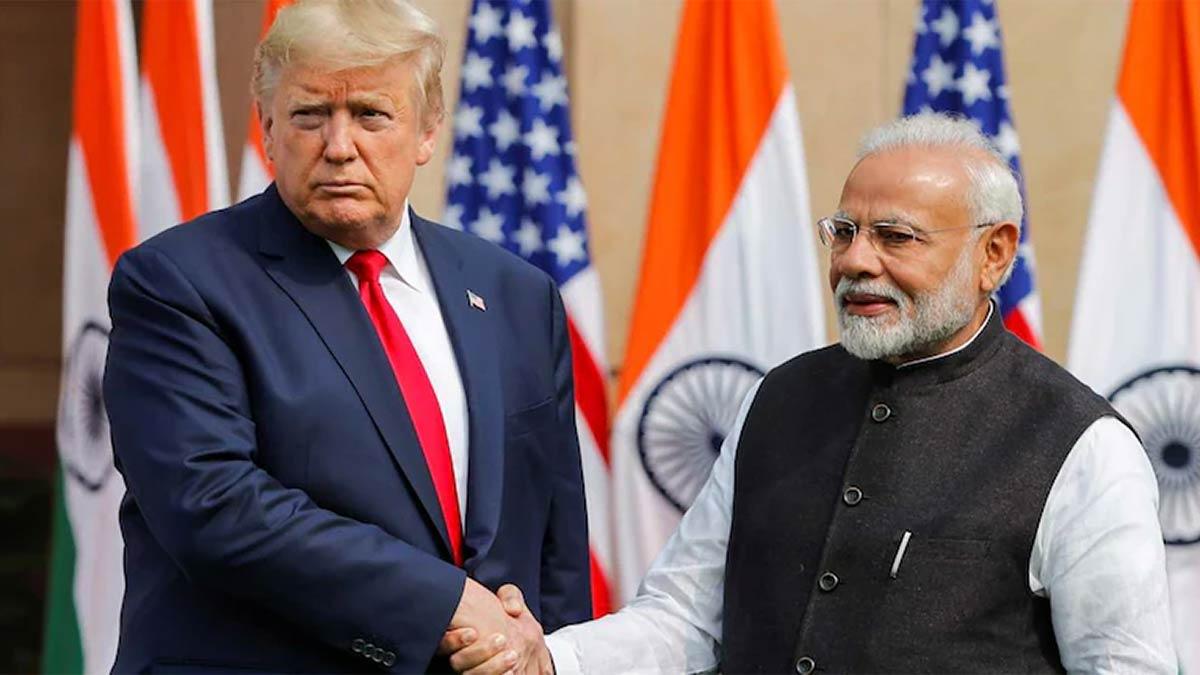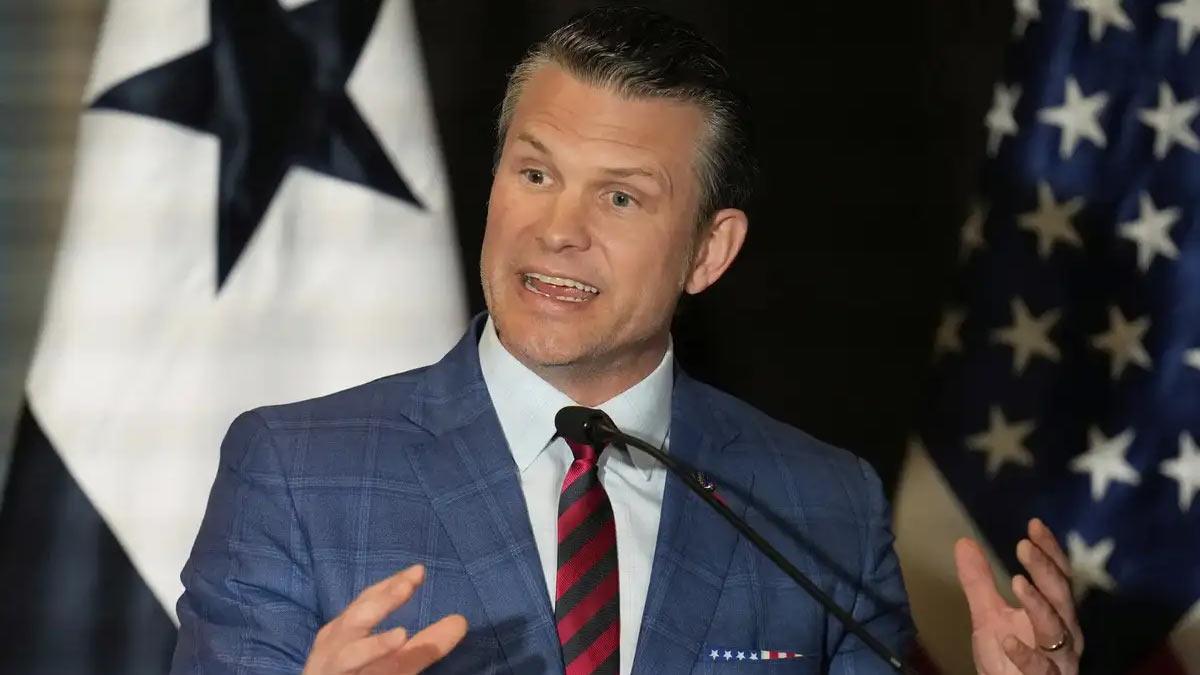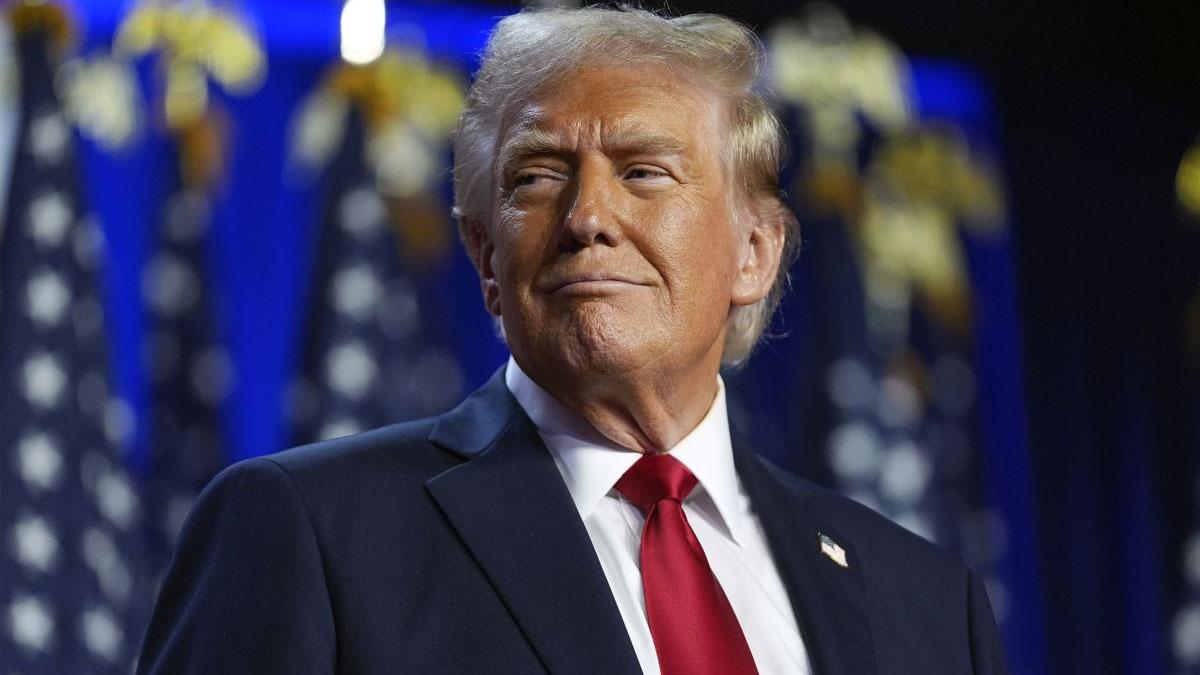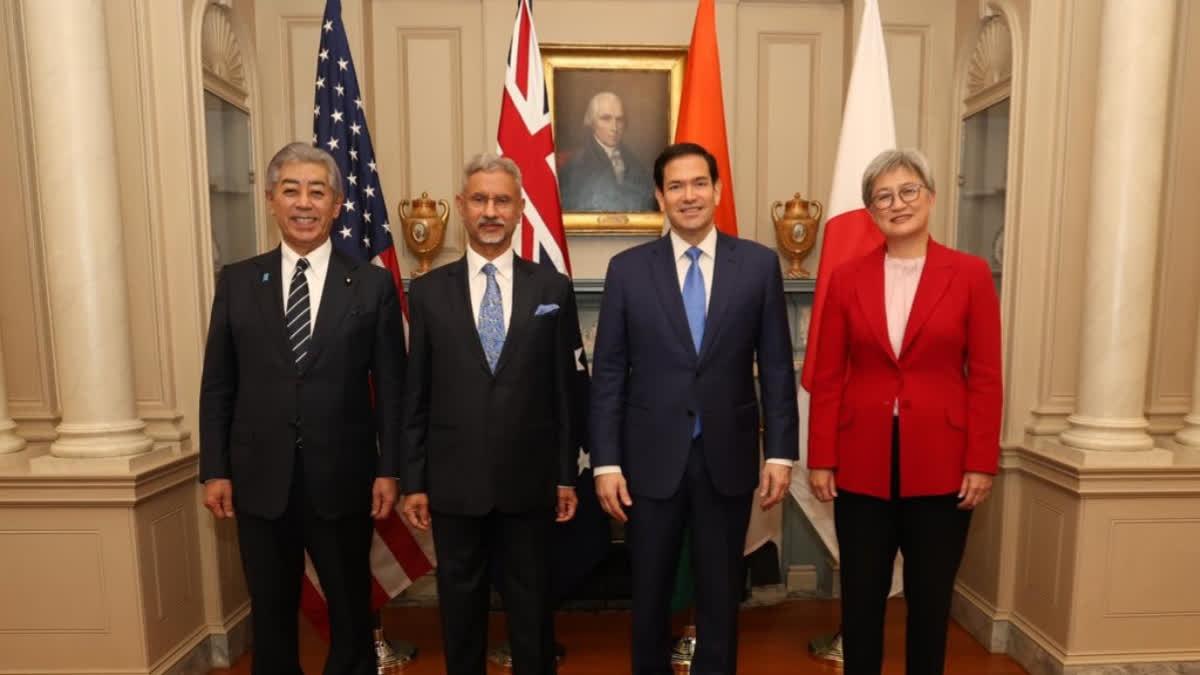US President Donald Trump reiterated on Tuesday (local time) that a much-awaited trade deal between India and the US is imminent, offering a sizeable cut in tariffs that would bring in more competition and cooperation.
I believe we are going to have a deal with India. And that is going to be a different type of a deal. It is going to be a deal where we can go in and compete.
Currently, India does not let anybody in. I believe India is going to do that, and if they do that, we are going to have a deal with much less tariffs," Trump said.
Both nations are now locked in high-stakes talks, running against a July 9 deadline connected to the lapse of a temporary standstill on retaliatory tariffs. Negotiations have focused on securing an interim agreement as part of a larger Bilateral Trade Agreement (BTA) then under negotiation.
The Indian delegation, headed by Chief Negotiator Rajesh Agrawal, has extended its Washington visit to proceed with negotiations that originally had been planned for Thursday and Friday only. The concern is the potential for reimposition of 26% tit-for-tat tariffs, originally applied under the Trump administration on April 2, that were suspended for a 90-day period pending the result of negotiations.
A top official threatened that in the future without an agreement by July 9, "the failure of these trade negotiations would lead to the immediate reinstatement of the 26% tariff regime."
One of the biggest sticking points of the negotiations is agriculture. India has also firmened up its stand on safeguarding its domestic farm interests as talks are heating up, government sources said. The nation's agriculture industry, which is dominated by millions of marginal and small farmers, continues to be politically and economically sensitive. Offering major concessions, especially in dairy — a sector India has never opened to foreign competition in any past free trade agreement — is proving to be an uphill task for Indian negotiators.
In contrast, the US is demanding lower duties on a number of agricultural items such as apples, tree nuts, and genetically modified goods.
India, on the other hand, is lobbying for improved access for its labor-intensive products. These range from apparel and textiles, leather products, gems and jewellery, to food products such as shrimp, grapes, oilseeds, bananas, and other fruits and vegetables.
While the short-term priority is negotiating an interim arrangement before the tariff moratorium expiration, both countries are also moving toward a more extensive, overarching Bilateral Trade Agreement. The initial phase should be completed by fall 2024.
The long-range goal is ambitious: to more than double bilateral trade levels, which are currently at $191 billion, and reach a milestone of $500 billion by 2030.
Read also| India and US Poised to Finalize Interim Trade Pact This Week: Report
Read also| China Calls for Patience on Border Dispute with India, Open to Talks on Delimitation


















